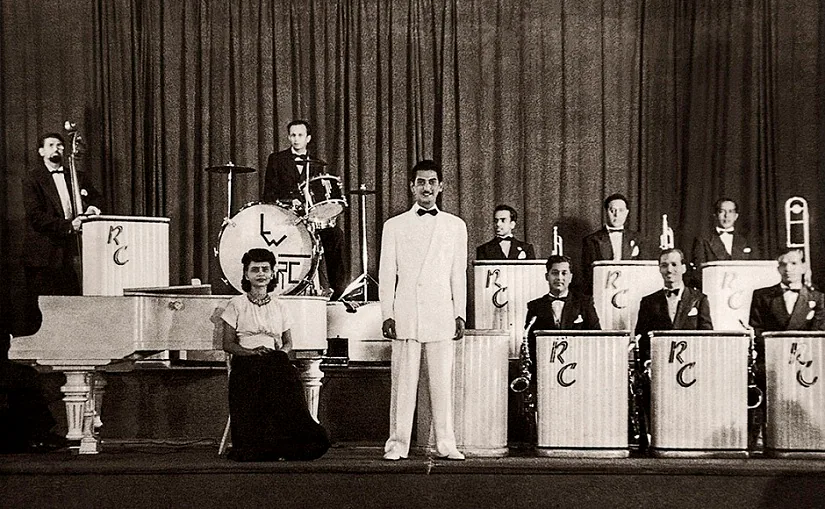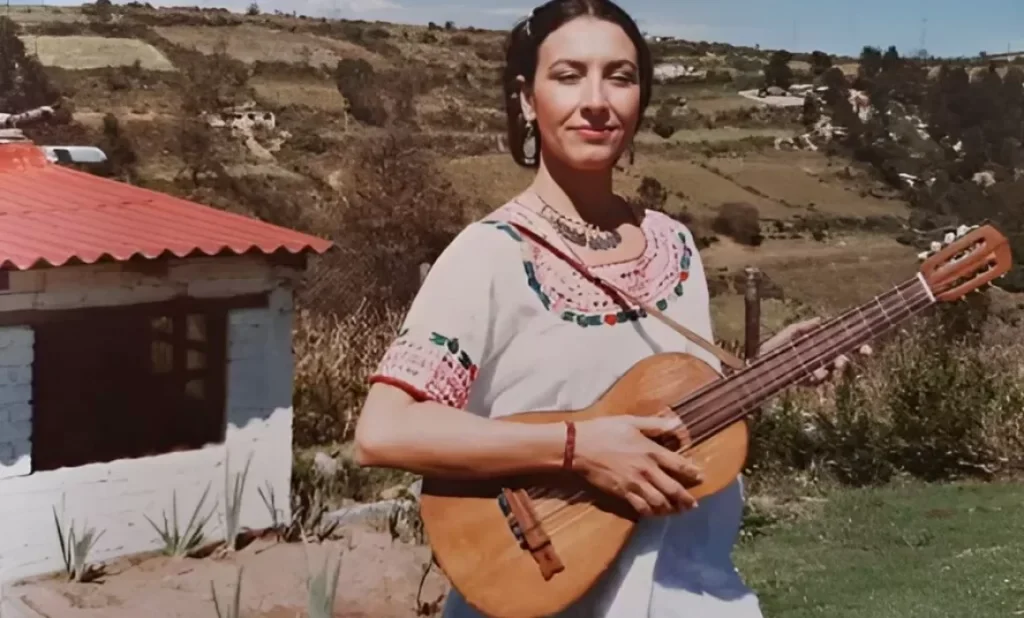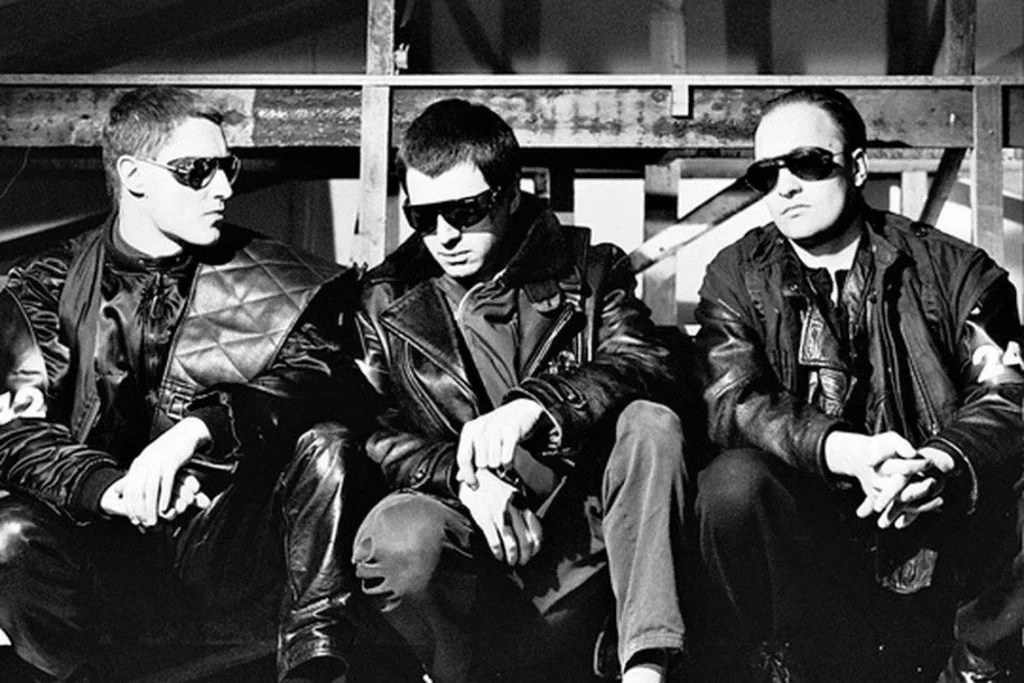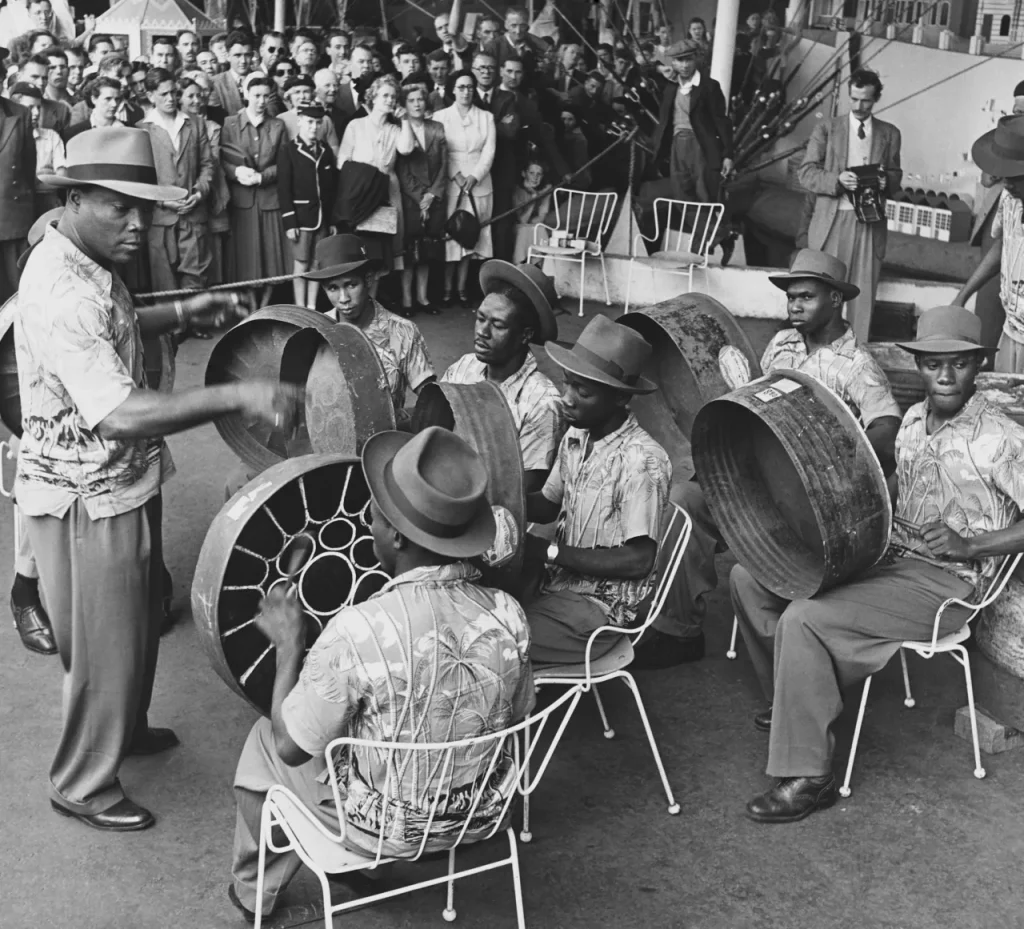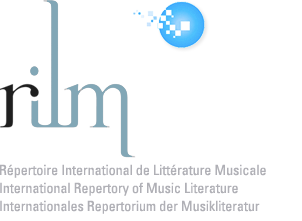
Brazilian pianist and bandleader Sergio Mendes began studying piano at a young age, continuing his education under Carmelita Lago. However, drawn to jazz and popular music, he eventually departed from his classical training and embarked on a successful career in commercial pop music around 1960. Mendes participated in jam sessions at the Little Club in Rio de Janeiro and, in 1961, led the Brazilian Jazz Sextet at the Third South American Jazz Festival in Montevideo. Following the military coup d’état in Brazil in 1964, Mendes relocated to Los Angeles, where he restarted his career by auditioning at various local jazz clubs.

That same year, Mendes, along with bassist Tião Neto and drummer Edson Machado, formed the Sergio Mendes Trio, touring North and South America as well as Japan. In the United States, the trio recorded the groundbreaking LP The Swinger from Rio for the Atlantic label. Mendes also created another group called Brasil 65, which lasted for seven months and produced the LP Brasil 65. He later achieved international acclaim with his next ensemble, Brasil ’66. While in New York, Mendes collaborated with renowned musicians such as Art Farmer, Bud Shank, and Tom Jobim on new bossa nova recordings. For this new group, he secured a contract with Herb Alpert, the leader of Tijuana Brass and owner of A&M Records.

Alongside singers Lani Hall, Sílvia Vogel, and later Karen Phillips, Mendes recorded the album Sergio Mendes & Brazil ’66, which sold over a million copies. Their vibrant cover of Jorge Ben‘s song Mas que nada became a number one hit, with other tracks from the album also climbing into the top 40 charts. To align with U.S. market preferences, Mendes produced stylistic arrangements of Brazilian songs by composers like Chico Buarque, Edu Lobo, and Gilberto Gil. The following year, his group ranked as the third most popular act in U.S. pop music. Each decade brought updates to his ensemble’s name and style: Brasil ’77, Brasil ’86, Brasil ’88, and Brasil ’99. The stylistic evolution of these groups spanned from early bossa nova in the 1960s to more sophisticated interpretations of well-known songs, culminating in an experimental blend of jazz, funk, and modern Brazilian pop. Mendes won a Grammy Award in 1993 for the album Brasileiro, and in 1997, Down Beat magazine honored his album Ocean as the best album of the year in the “beyond jazz” category.
Sergio Mendes passed away on 5 September 2024 at the age of 83. Read more a out his life and career in MGG Online.







